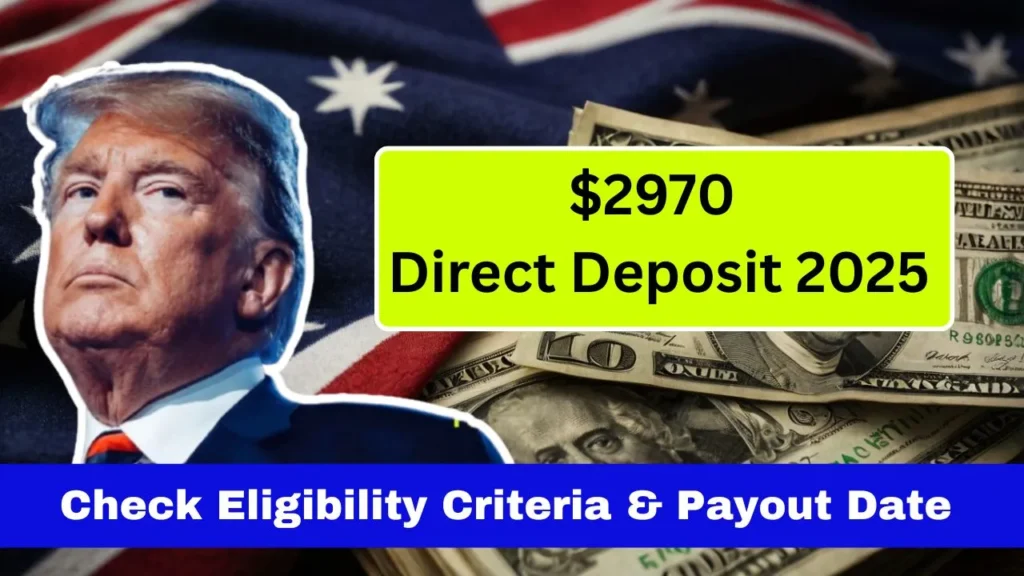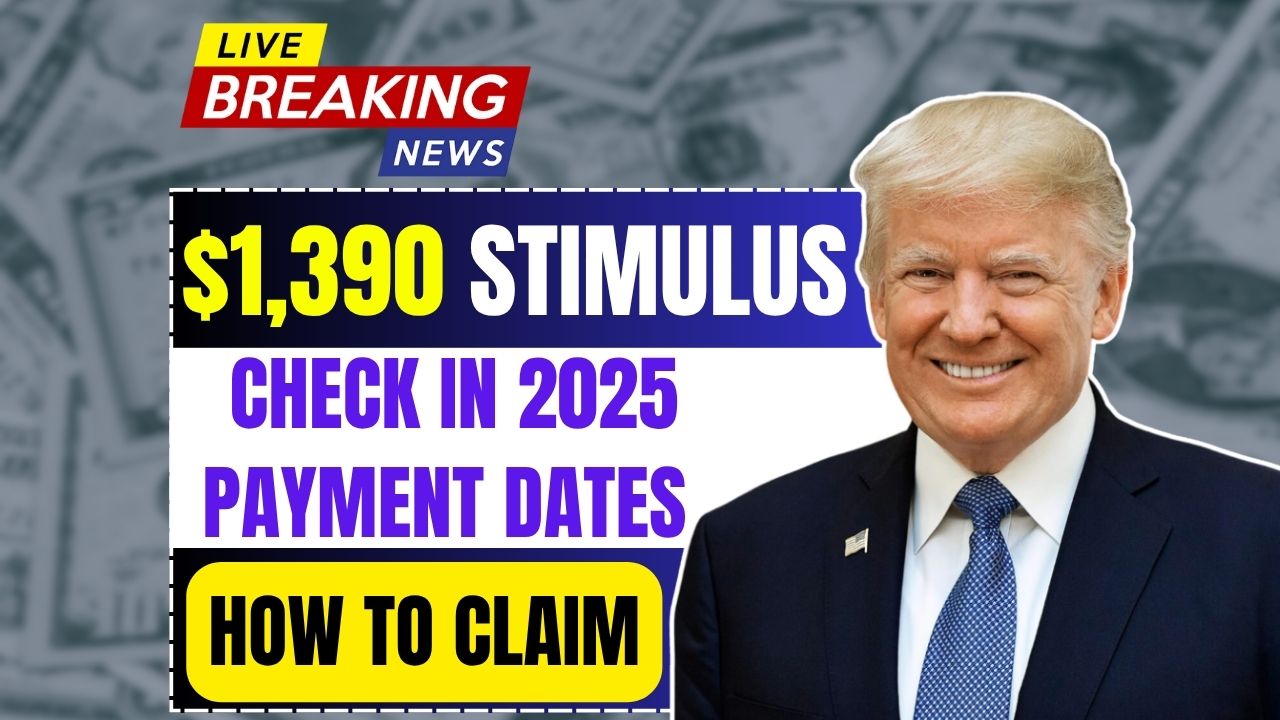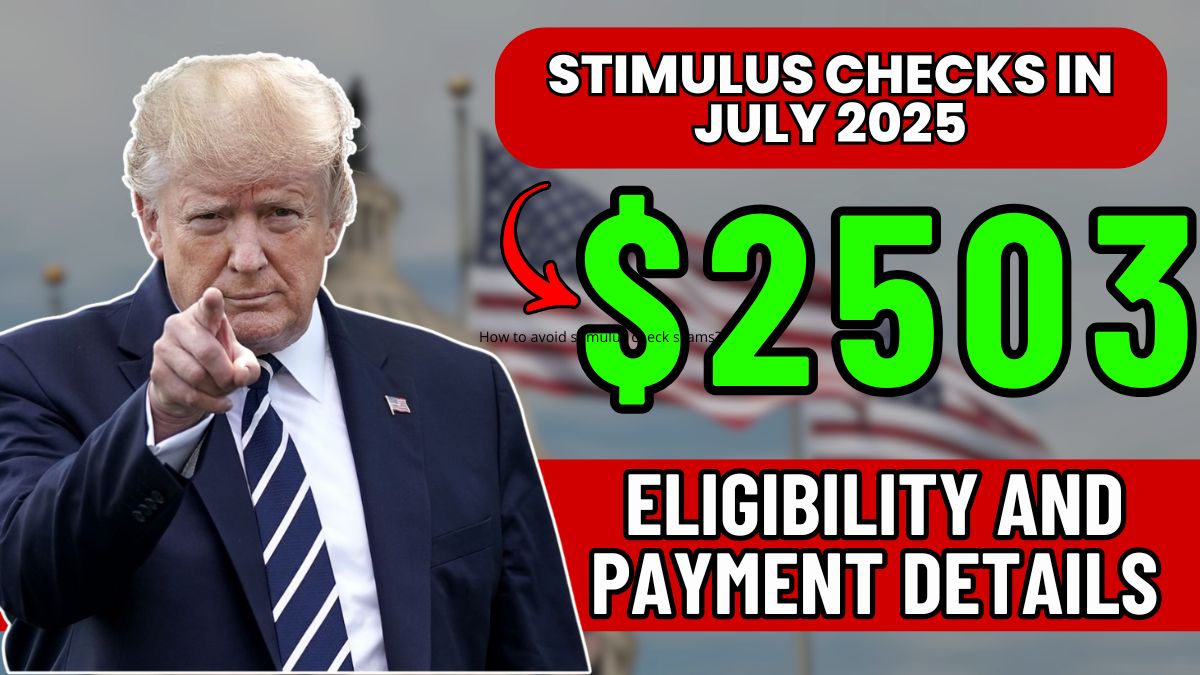A new round of direct deposit payments worth $2,970 is expected in 2025 as part of the ongoing federal support for eligible low- and middle-income Americans. If you’re wondering whether you qualify, how to claim it, and when you’ll receive it, here’s everything you need to know about this upcoming $2,970 benefit.
What Is the $2,970 Direct Deposit in 2025?
The $2,970 direct deposit is part of a government initiative designed to support qualifying individuals and families with a one-time financial relief payment. Similar to previous stimulus-style payouts, this benefit is tax-free and automatically deposited into eligible recipients’ bank accounts, helping offset increased living costs, inflation, or tax burdens.
Eligibility Criteria for the $2,970 Payment
To qualify for the $2,970 direct deposit, applicants must meet specific conditions. While the official eligibility requirements may vary by state or program, general qualifications include:
- U.S. citizenship or permanent residency
- Adjusted Gross Income (AGI) below a set federal or state threshold
- Filed a 2024 tax return
- Participation in programs like SSI, SSDI, or low-income tax credits
- Meeting residency requirements and age (typically 18+)
Those who have previously received stimulus payments or tax credits may already be pre-qualified for this benefit.
When Will the $2,970 Payments Be Deposited?
The exact payout date depends on your state and the processing speed of the IRS or your local revenue agency. However, most eligible recipients are expected to receive the $2,970 direct deposit between August and October 2025.
Payments will typically be made via:
- Direct deposit to your registered bank account (if on file with the IRS)
- Paper checks for those without electronic filing details
- Prepaid debit cards in certain cases
How to Claim or Track Your Payment
Here’s how to make sure you receive your payment without delays:
- File your 2024 federal income tax return (if not already done)
- Ensure your direct deposit information is up-to-date with the IRS
- Visit the IRS “Get My Payment” tool (once available) to track your deposit
- If required, complete any additional state-specific application forms
Those who have recently moved or changed banks should update their details on the IRS portal or via mail as soon as possible.
What to Do If You Don’t Receive the Payment
If you don’t see the deposit by the end of the expected window, you can:
- Contact the IRS or your state revenue office
- Verify your tax return status
- Submit a Payment Tracing Request if needed
Conclusion:
The upcoming $2,970 direct deposit in 2025 could offer vital financial relief for many Americans. Whether you’re dealing with rising expenses, medical costs, or planning ahead for the school year, make sure your tax and banking information is updated to avoid missing out on this opportunity. Stay alert to official updates and act now to secure your eligibility.




